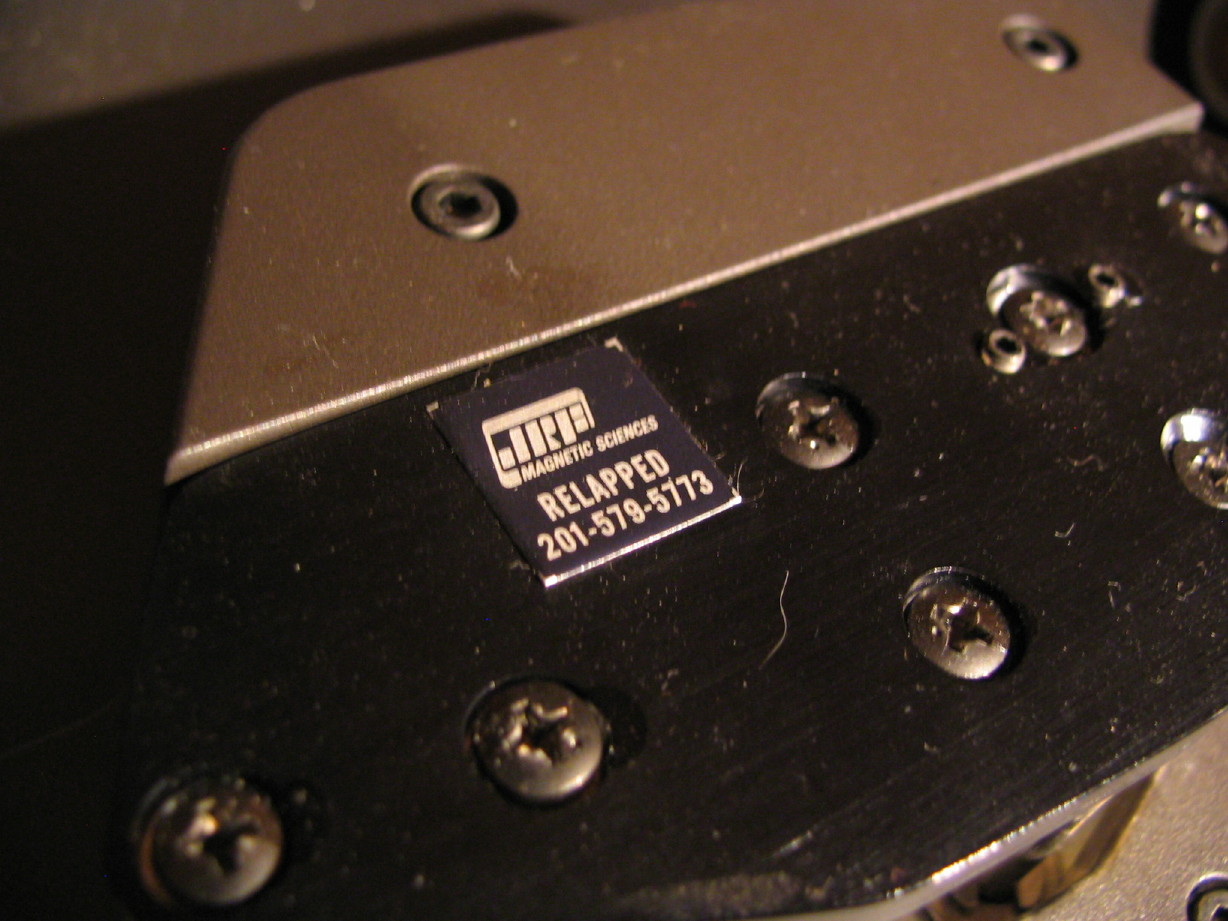sweetbeats
Reel deep thoughts...
Working on my 388. Look at this page from the service manual:
https://www.torridheatstudios.com/documents/Tascam/Tascam%20388%20Service%20Manual%20pg%201-8.pdf
Look at section 1-3-6...the record/repro head on the 388 is semi-fixed...I believe the zenith is fixed, and there is little room for azimuth adjustment, but I just want to be sure that when they say "tangency" they just mean "wrap". I'm assuming I just slightly loosen the head mounting screw closest to the face of the stack, loosen the "tangency adjust screw" (the one to the rear of the head), reproduce a standard tone off the test tape and monitor the output from track 2 or 7 or both (or any track for that matter), swing the rear of the head back and forth (pivoting on the front mounting screw) and set it where the output is the greatest right? That's basically what it says but I got just a bit confused and wanted to make sure...
Here's a real-life shot of the head block...the record/repro head screws are at the right side of the picture...

https://www.torridheatstudios.com/documents/Tascam/Tascam%20388%20Service%20Manual%20pg%201-8.pdf
Look at section 1-3-6...the record/repro head on the 388 is semi-fixed...I believe the zenith is fixed, and there is little room for azimuth adjustment, but I just want to be sure that when they say "tangency" they just mean "wrap". I'm assuming I just slightly loosen the head mounting screw closest to the face of the stack, loosen the "tangency adjust screw" (the one to the rear of the head), reproduce a standard tone off the test tape and monitor the output from track 2 or 7 or both (or any track for that matter), swing the rear of the head back and forth (pivoting on the front mounting screw) and set it where the output is the greatest right? That's basically what it says but I got just a bit confused and wanted to make sure...
Here's a real-life shot of the head block...the record/repro head screws are at the right side of the picture...




